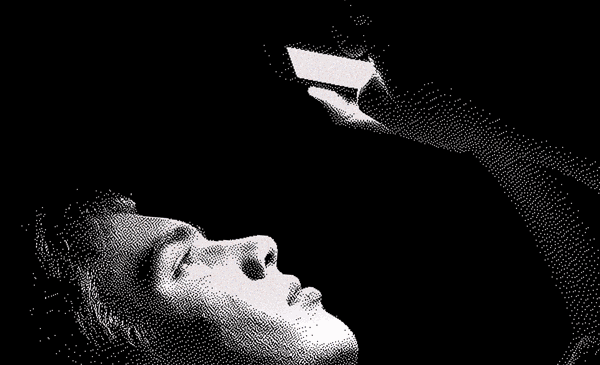Hallucinations Are More Common Than We Think

Have you ever heard someone’s voice who wasn’t there or saw something strange that suddenly vanished? Those who have are often loath to admit it. That’s because hallucinations are traditionally considered a sign of a serious mental illness. But a recent investigation finds that healthy minds can and do experience hallucinations, too.
There’s thought to have been a rift between psychotic disorders and neurotic ones. A psychotic disorder is abnormal thinking that can include hallucinations and delusions. Hallucinations are seeing, hearing, feeling, or smelling things that aren’t actually there, and delusions are holding beliefs that are fictitious or untrue.
Examples of a psychotic disorder include schizophrenia and borderline personality disorder. While neurotic ones are things like anxiety and depression. Researchers in preliminary research found no precedence for this divide been psychotic disorders and neurotic, in the available literature. So they set out to see if this was real or simply an assumption carried down by tradition.
Almost 20% of Americans suffer from some kind of mental health disorder. So one in five (roughly) are susceptible to having a hallucination at some point in their lifetime. But the actual number could be even higher. A small study out of New Zealand found it might actually be normal to have some type of disorder at one point one’s life, between the ages of 11 and 38. The unusual people are those who haven’t.

It may not only be the psychotic who experience hallucinations. Flikr.
An international team of researchers conducted this study, led by scientists from Queensland University in Australia and Harvard Medical School. The findings were published in the British Journal of Psychiatry. Professor John McGrath at the Queensland Brain Institute was on the team.
He said, “We need to rethink the link between hearing voices and mental health — it’s more subtle than previously thought.” McGrath added, “While people may experience a false perception such as mistakenly hearing their name called out in public, hallucinations and delusions are quite detailed, for example hearing voices that no one else can hear or a belief that somebody else has taken over your mind.”
Experiencing a hallucination a handful of times may fall within the range of normal. In fact, such an occurrence could even be insightful during a very troubling time in one’s life. Perhaps it’s your subconscious trying to tell you something. “Of those who have these experiences, a third only have them once” McGrath said, “and another third only have two-to-five episodes across their life.” But if one experiences it quite a number of times, Professor McGrath recommends seeking out a mental health professional.

It may even be common to experience a small number of hallucinations during one’s lifetime. Publicdomainpictures.net.
Altogether, 31,000 people from 19 different countries participated. Rather than interviewing those who attend mental health services, researchers surveyed randomly selected people within a given community. This gave them a better sense of the prevalence of mental disorders and hallucinations among the general population. There were some surprising findings. Women were more prone to auditory hallucinations than men. Another, inhabitants of richer countries were more likely to hear things that weren’t there, than those of poorer ones were.
Investigators also examined the data from a 2007 Adult Psychiatric Morbidity Survey, including 7,403 English respondents of both sexes, all over age 16. Of them, 4.3% of participants had experienced a hallucination within the past year. These occurred both among those who had a psychological disorder and those who didn’t.
Hopefully, the study’s findings help destigmatize hallucinations. But one thing is for certain, it’s going to open up a whole new avenue of inquiry. Researchers want to find out what these hallucinations mean, if they’re telegraphing the onset of some type of disorder and if so, whether or not an intervention at a particular point may be worthwhile.
Professor McGrath said,
In particular, we are interested in learning why some people recover, while others may progress to more serious disorders such as schizophrenia. We need to understand why it’s temporary for some people and permanent for others. We can use these findings to start identifying whether the mechanisms causing these hallucinations are the same or different in both (psychotic and neurotic) situations.
To learn more about hallucinations, click here:





